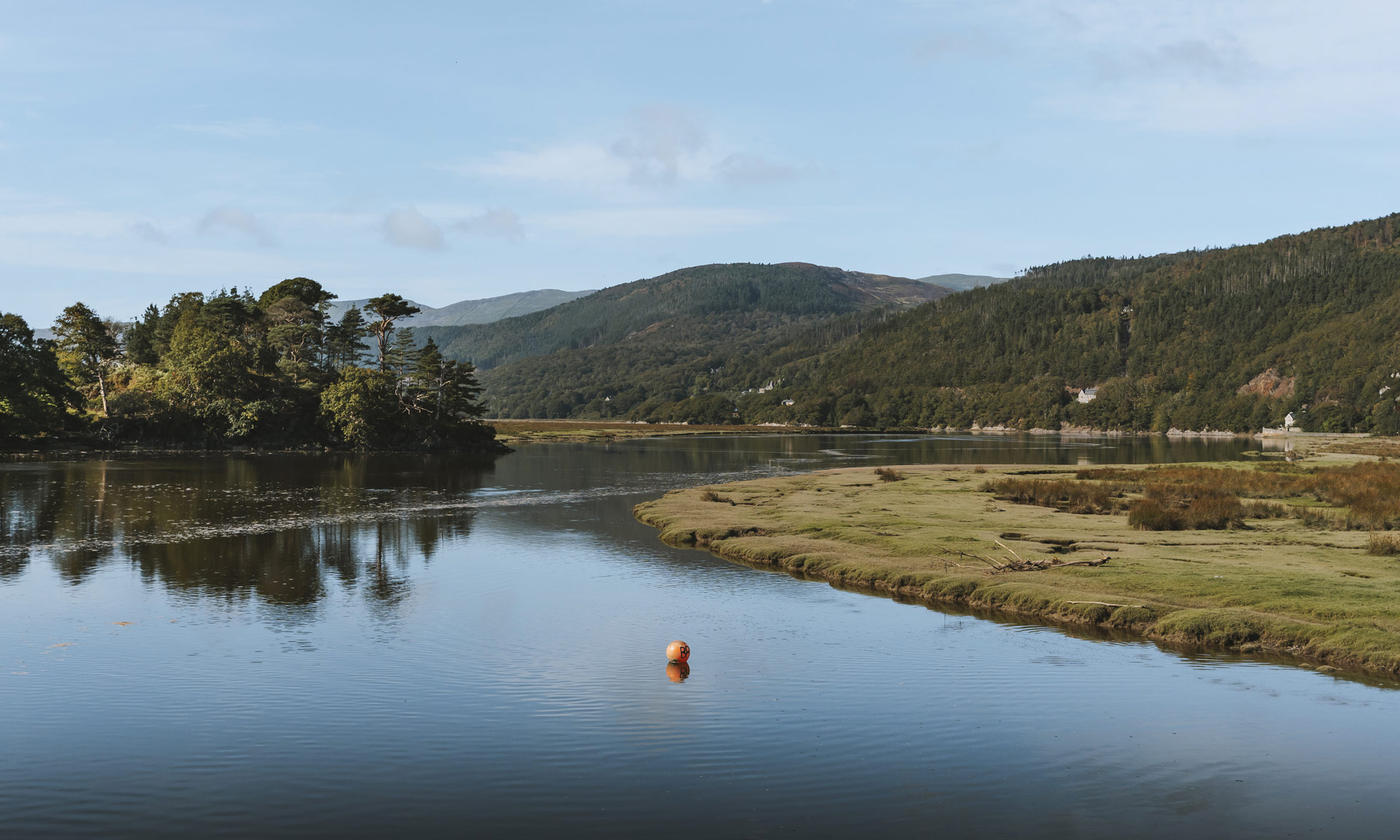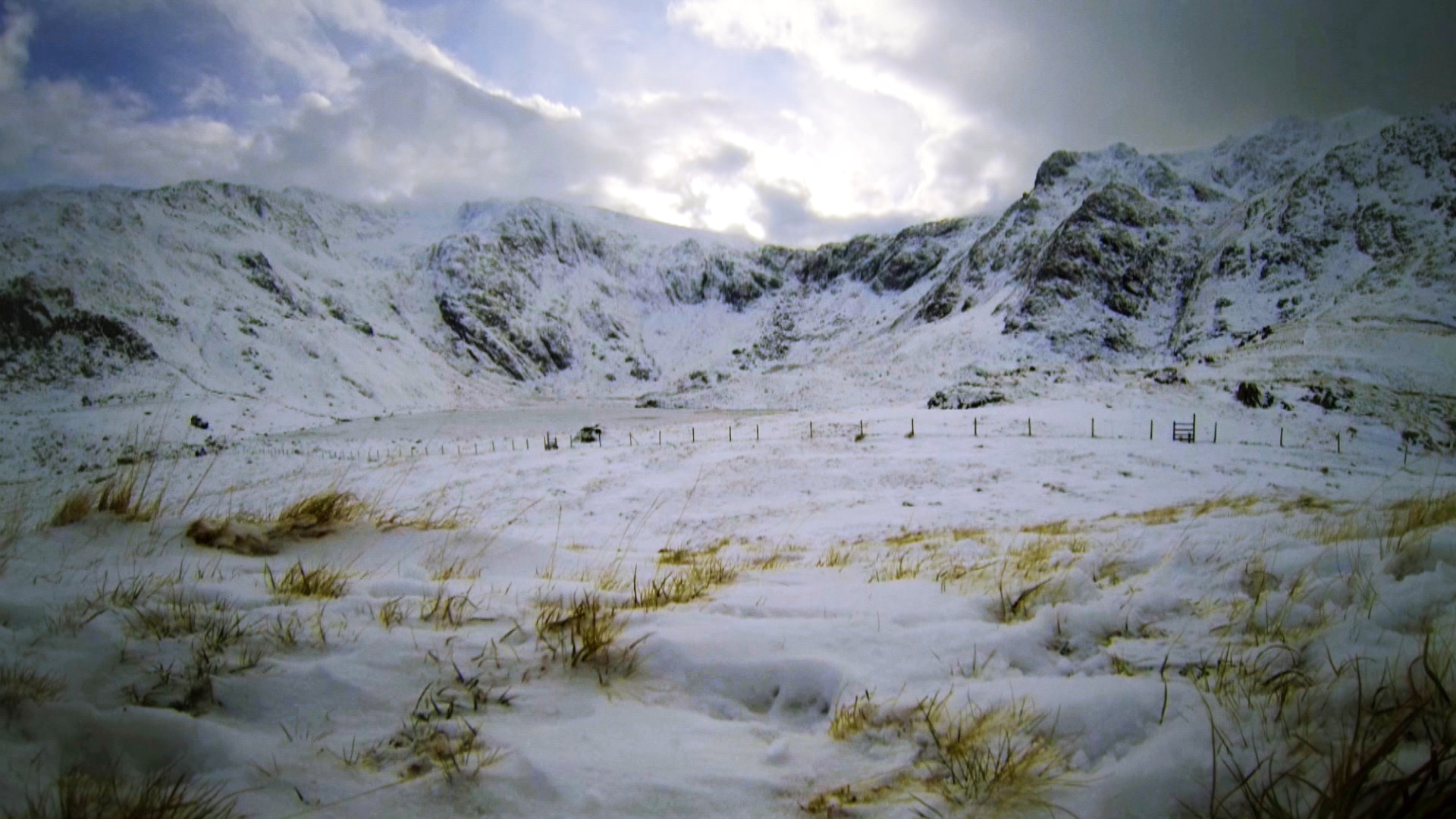Hiking Yr Wyddfa during the winter months requires careful consideration and preparation. The mountain can be a challenging environment during these seasons, and conditions can change suddenly.
Winter Ground Conditions are now published on the Yr Wyddfa Live website.
What are the Yr Wyddfa Ground Condition Reports?
Yr Wyddfa Ground Condition Reports, also known as winter ground condition reports, provide valuable insights into the weather and ground conditions on Yr Wyddfa. These reports are essential for hikers looking to explore the mountain during the winter season.
How should I use the the reports?
The reports should be an integral part of your preparations if you are considering hiking Yr Wyddfa during the late autumn or winter months. The weather and ground conditions on the mountain can be particulary treacherous during these seasons and the reports will provide you with detailed information on what to expect and how to plan around those expectations.
How often are the reports published?
Reports are published twice a week, every Tuesday and Friday.
Where to see the reports?
The Yr Wyddfa Ground Condition Reports are now published on the Yr Wyddfa Live website.
Further information
The following links provide further information on mountain safety.



